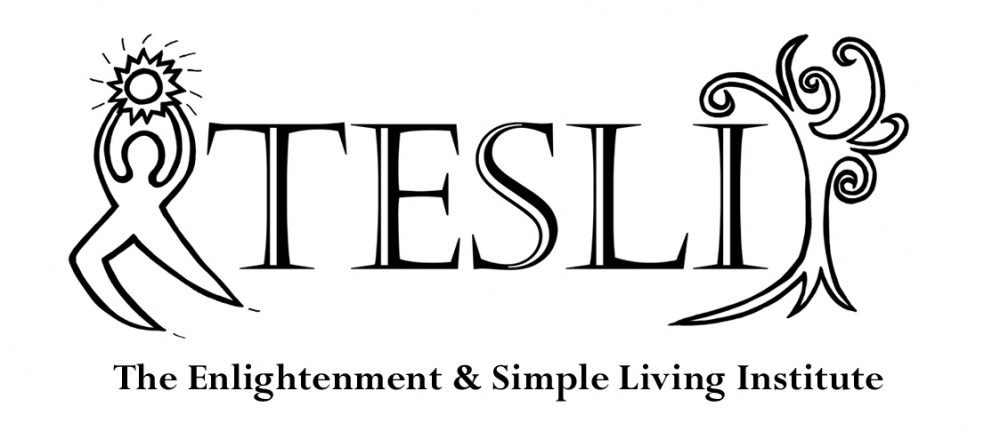The Four Truths are most frequently heard referred to as the Four Noble Truths, although a more accurate translation would be Four Arya Truths. In brief, the Four Truths are:
- There is suffering
- Suffering has an origin
- Suffering has an end
- There is a way to end suffering
The Four Truths are a concise description of the worldview that leads to liberation. Part of the attainment of stream-entry is the realization of these truths (hence the name Four Arya Truths).
The Buddha in his first teaching (Dhammacakka Sutta) said the following about the First Truth:
This is the Noble Truth of suffering: birth is suffering, aging is suffering; illness is suffering; death is suffering; sorrow, lamentation, pain, grief and despair are suffering; union with what is displeasing is suffering; separation from what is pleasing is suffering; not to get what one wants is suffering; in brief, the five aggregates subject to clinging are suffering.
The Second Truth:
This is the Noble Truth of the origin of suffering: It is craving which produces rebirth, bound up with pleasure and greed. It finds delight in this and that; in other words, craving for sense pleasures, craving for existence or becoming and craving for nonexistence or self-annihilation.
The Third Truth:
This is the Noble Truth of the cessation of suffering. It is the complete cessation of suffering, the giving up, renouncing, relinquishing, detaching from craving.
and The Fourth Truth:
This is the Noble Truth of the path leading to the cessation of suffering. It is simply the Aryan Eightfold Path, namely: right understanding, right thought, right speech, right action, right livelihood, right effort, right awareness, and right concentration.
The first book that I picked up on Buddhism was Venerable Rewata Dhamma’s The First Discourse of the Buddha. I highly recommend it. It is a pith book that clearly outlines the Arya Eightfold Path and has a nice section on “right concentration” that describes the jhanas and other essentials.
Reference: Rewata Dhamma (1997) The First Discourse of the Buddha. Wisdom Press, Somerville Massachusetts.
